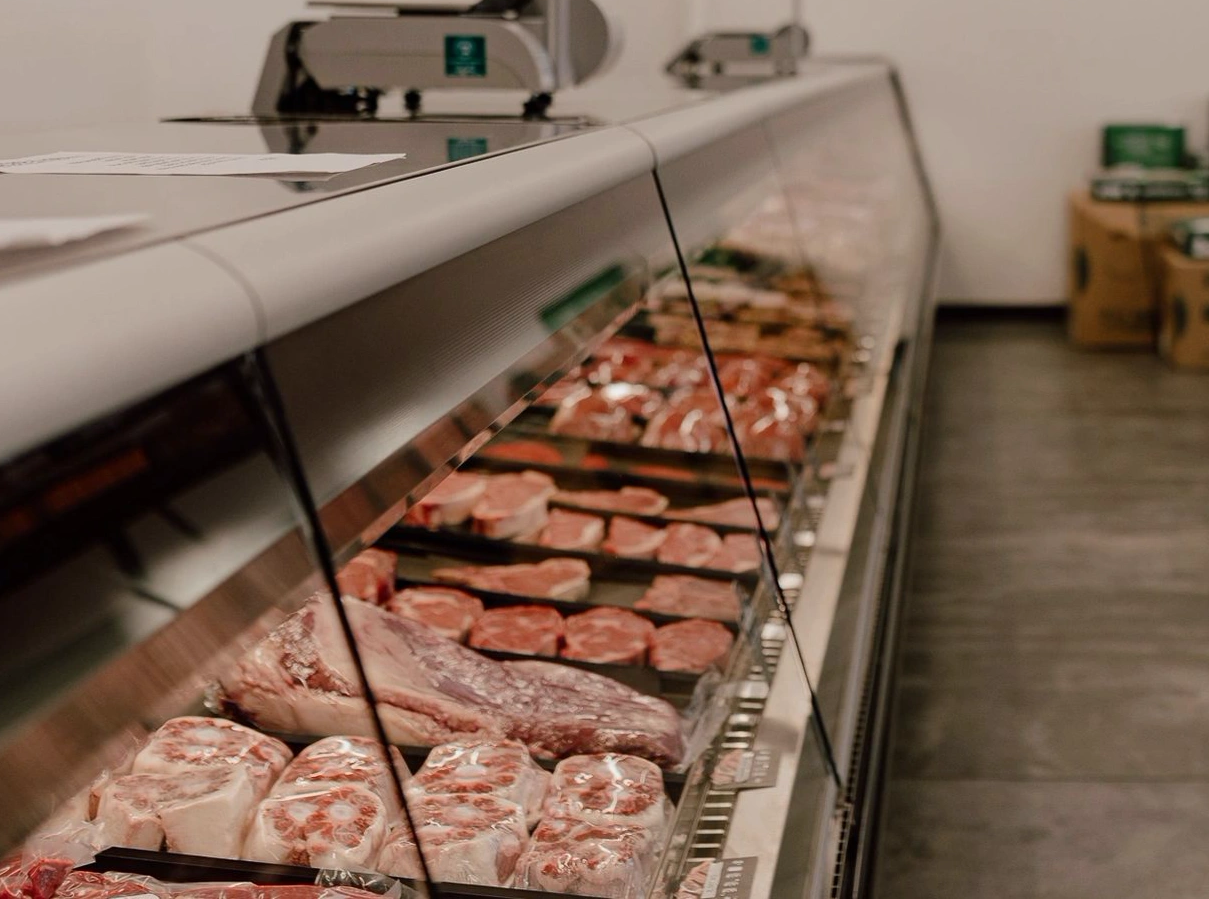Why Bagley Farms Meat Market Edwardsville IL Is the very best Option for High Quality Meats
Why Bagley Farms Meat Market Edwardsville IL Is the very best Option for High Quality Meats
Blog Article
Uncover the Art of the Butcher's Cut in a Modern Meat Market
In the ever-evolving landscape of modern-day meat markets, the butcher's cut has transcended its traditional origins, merging olden craftsmanship with modern practices. What genuinely sets the modern-day butcher apart is their ability to build a deeper link between customers and the origins of their meat.
Advancement of Butchery Methods

The mid-20th century saw butchery techniques further refined by scientific understandings right into muscle mass biology and meat aging, improving both tenderness and preference. Technologies like vacuum cleaner packaging and refrigeration extended item shelf-life, enabling butchers to diversify offerings and improve quality assurance. This duration likewise marked the surge of specific equipment, such as band saws and meat slicers, which increased accuracy and effectiveness in meat processing.
Computerized systems currently aid in monitoring pet provenance and optimizing cuts to fulfill specific client choices. Furthermore, a rebirth in artisanal butchery has arised, mixing conventional abilities with modern-day understanding to provide to customers seeking honest and lasting meat options.

Comprehending Meat Cuts

Recognizing the ins and outs of meat cuts is necessary for both butchers and customers seeking top quality and worth. For butchers, exact cuts reflect ability and respect for the craft, ensuring marginal waste and optimum yield.
The primary groups of meat cuts consist of primitive, sub-primal, and retail cuts. Primitive cuts, such as the loin, rib, and chuck, are the large areas originally separated from the carcass. Butchers then damage these down additionally right into sub-primal cuts, prior to finally generating retail cuts offered to customers, like ribeye or tenderloin. Each phase needs careful focus to anatomical framework and muscle mass structure.
Understanding muscular tissue composition is crucial; muscle mass used a lot more frequently by the pet tend to be harder and are best suited for sluggish cooking methods, while less-used muscles, like those discovered in the loin, are extra tender and suitable for barbecuing or roasting. Familiarity with these distinctions equips consumers to make informed options, enhancing their culinary undertakings.
Selecting Top Quality Meat
Selecting the best meat why not look here involves even more than simply picking an aesthetically enticing item from the display. The art of selecting quality meat calls for a critical eye and understanding of certain characteristics that signify quality and quality.
Secondly, take into consideration the marbling, which describes the white flecks of fat within the muscular tissue. Appropriate marbling is an essential indicator of inflammation and flavor, as it thaws during food preparation, improving the meat's juiciness. Remember, greater marbling commonly correlates with exceptional high quality cuts, such as USDA Prime.
Texture is an additional vital factor; meat must feel solid to the touch, not slimy or excessively soft. Additionally, bear in mind the scent. Fresh meat should have a tidy, neutral smell, totally free from any kind of sour or off-putting odors.
Coupling Cuts With Food Preparation Approaches
Effectively matching cuts of meat with the appropriate cooking methods is necessary for achieving optimum flavor and structure. Various cuts vary in tenderness, marbling, and connective cells content, each calling for specific strategies to open their possibility. For instance, tender cuts like filet mignon and ribeye, with their integral marbling, gain from high-heat, quick-cooking approaches such as cooking or pan-searing. These methods boost the meat's natural tastes and make sure a juicy surface.
Conversely, harder cuts like my latest blog post brisket and chuck roast are rich in collagen, which breaks down right official site into gelatin when prepared gradually. These cuts are ideal for braising or slow roasting, enabling the meat to soften in time and develop deep, complex tastes. Cuts such as short ribs and pork shoulder make out well with slow-cooking techniques, where extended cooking times change their durable appearances right into succulent dishes.
Lamb shanks and oxtail, which require extended cooking to soften, are best prospects for cooking or slow-moving simmering. These techniques coax out rich, passionate flavors while preserving moisture. By recognizing the one-of-a-kind features of each cut, cooks and home cooks alike can raise their cooking productions, ensuring each dish is both pleasing and remarkable.
The Butcher's Function Today
Browsing the evolving landscape of the contemporary meat market, the butcher's function today expands past plain preparation of cuts. Contemporary butchers are culinary craftsmens, instructors, and supporters for lasting methods.
Along with crafting accurate cuts, butchers now engage directly with consumers, using cooking suggestions and tailoring choices to suit specific requirements and preferences. Their experience in meat aging, marbling, and taste profiles encourages consumers to make enlightened decisions, improving their culinary experiences. This personalized service exemplifies the butcher's advancing duty as a relied on consultant in the kitchen.
Moreover, butchers are crucial in lessening waste, making use of entire animals to develop varied products such as sausages and supplies - bagley farms meat market edwardsville il. This detailed approach not just respects the pet however also aligns with modern sustainability objectives. By doing this, the modern butcher symbolizes both practice and technology, adjusting to an ever-changing market while protecting the artistry and integrity of their craft

Verdict
Proficiency in understanding diverse meat cuts and quality indicators equips butchers to provide informed suggestions, aligning certain cuts with optimal cooking approaches. By recognizing historic techniques while accepting contemporary demands, the butcher's role stays important in today's sophisticated meat market.
Report this page